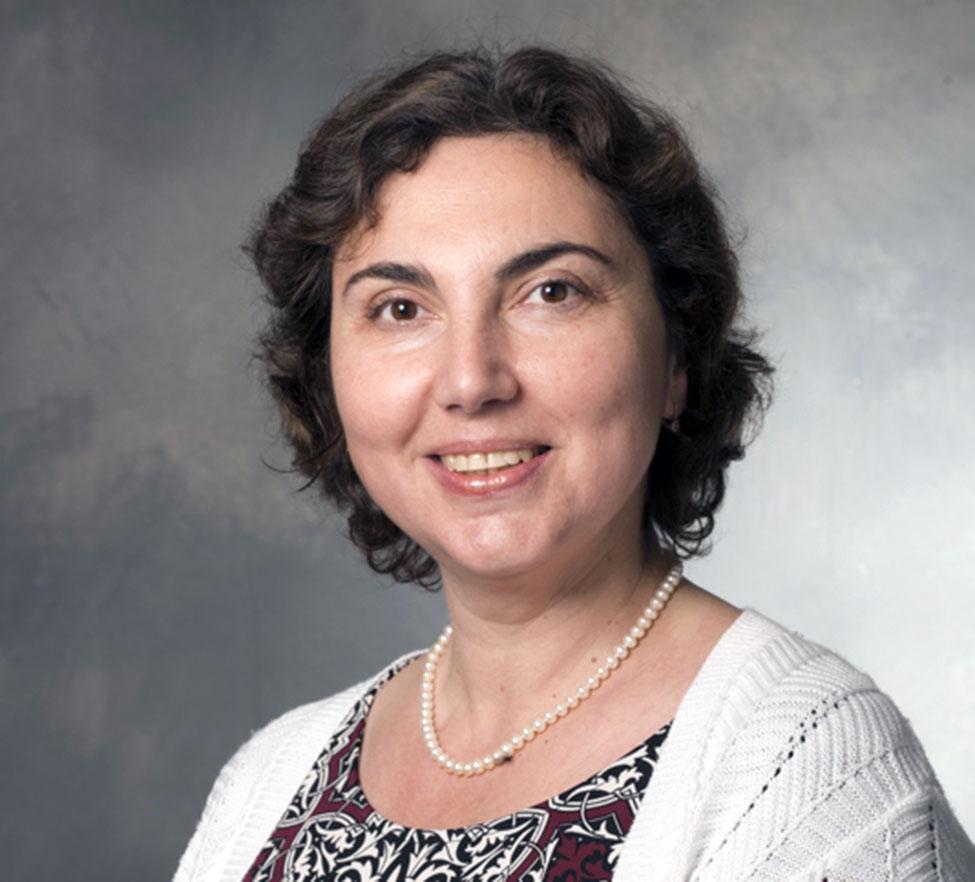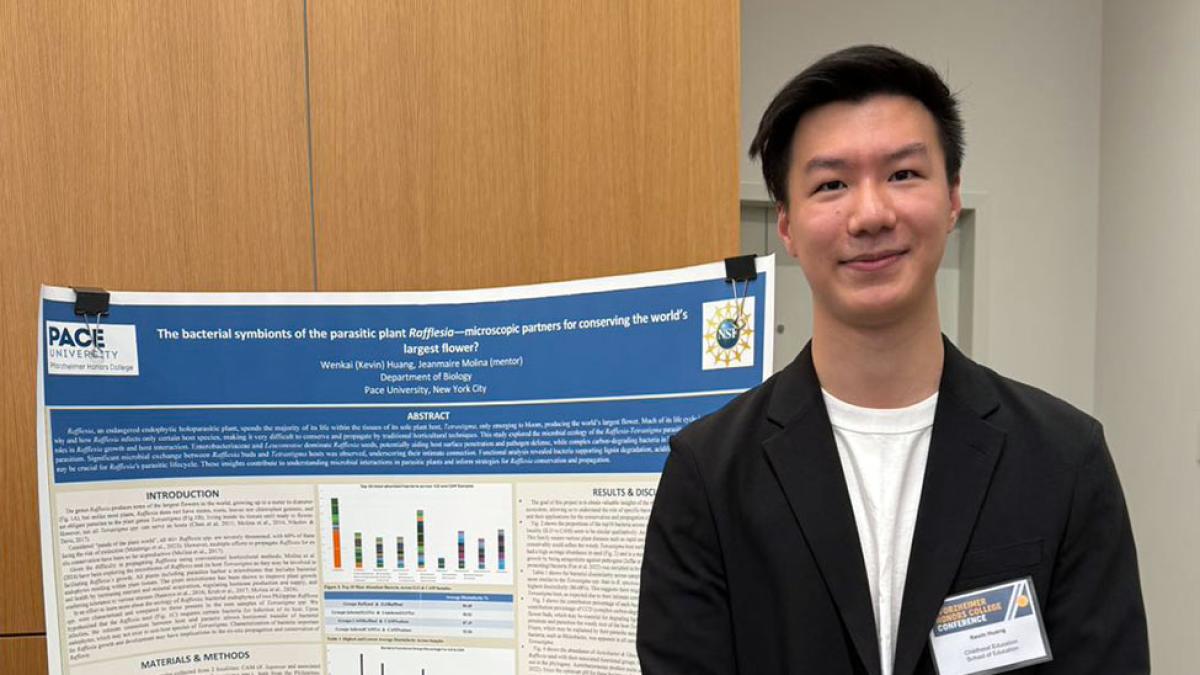
Pace University: Where Women in Economics Thrive

Chair and Professor Anna Shostya, PhD, Economics department at Dyson College of Arts and Sciences at Pace University, discusses how uniquely undergraduate women have succeeded in economics programs at the university.
While women comprise about half of all undergraduate students in the United States, they make up only about one-third of economics majors nationally and the number has been consistently low over the last several decades. Many reasons have been offered to explain this gender gap. Some argue that there is a lack of role-models—female professors with PhDs (less than 20% of full economics professors are women, according to the Federal Reserve Bank of St. Louis). Other studies indicate that women are generally underrepresented in STEM disciplines—the share of women in STEM fields is only about one-third. Still others argue that women are not attracted to a discipline that does not reward them with career prospects.
The solution to the gender bias in economics may be simpler than it seems: Encourage successful female students in the undergraduate programs, present successful role-models to market the field, teach economics in a more applied way, and engage more young women in undergraduate research. And the gender “equilibrium” will be restored.
This is exactly what the Economics department at Pace University does to maintain a unique “equilibrium.” So, what do we do differently?
First, Pace economics professors identify potential majors very early, in the introductory courses, and pitch economics as an exciting and applied field. Having female professors as role models (one-third of the New York City Economics faculty are female) helps.
Second, Pace University’s successful female economics alumnae, who come to talk to the freshmen, also serve as role-models. They work in a wide variety of industries, from entertainment to pharmaceutical, to finance, and typically have very successful and rewarding careers both in the private and public sectors.
Finally, the Economics department at Pace focuses heavily on undergraduate research. All three of the department’s programs (economics, business economics, and computational economics) are STEM-designated. Students learn how to use such tools as R, Python, and STATA to analyze data and produce quantitative research papers, many of which are presented at national professional conferences. Research requires commitment, patience, and an ability to work long hours— the traits that women, on average, seem to possess. This also explains the composition of the teams that participate in the College Federal Reserve Challenge, a national competition that tests students’ knowledge of monetary policy and central banking. In fact, the Pace teams that won regional and national competitions numerous times had the highest ratio of female presenters of all other teams. So did all other Pace teams that won the regional competition. The teams have been typically captained by women, too.
Overall, 54% of all Pace University’s undergraduate economics majors on the New York City campus are females, and this gender distribution has been rather stable over the last decade. The percentage of females is more than double that of males in the Computational Economics program, a new interdisciplinary offering between the Economics program at Dyson College and the Computer Science program at Pace’s Seidenberg School of Computer Science and Information Systems. Still a gender gap, but a welcomed one for a change.
Everyone in Pace University’s Economics department looks forward to seeing women in economics at Pace continue to thrive and upon graduation demonstrate their laudable knowledge and skill level in rewarding careers.


